-
 Bitcoin
Bitcoin $118600
-1.16% -
 Ethereum
Ethereum $3616
-2.94% -
 XRP
XRP $3.174
-10.23% -
 Tether USDt
Tether USDt $1.000
0.01% -
 BNB
BNB $773.4
-0.42% -
 Solana
Solana $189.3
-6.58% -
 USDC
USDC $1.000
0.02% -
 Dogecoin
Dogecoin $0.2406
-10.24% -
 TRON
TRON $0.3098
-1.24% -
 Cardano
Cardano $0.8139
-9.10% -
 Hyperliquid
Hyperliquid $44.01
-2.71% -
 Stellar
Stellar $0.4266
-9.64% -
 Sui
Sui $3.699
-7.29% -
 Chainlink
Chainlink $18.21
-6.60% -
 Hedera
Hedera $0.2465
-9.46% -
 Bitcoin Cash
Bitcoin Cash $512.3
-2.27% -
 Avalanche
Avalanche $24.03
-5.62% -
 Litecoin
Litecoin $112.2
-5.21% -
 UNUS SED LEO
UNUS SED LEO $8.964
-0.26% -
 Shiba Inu
Shiba Inu $0.00001386
-9.81% -
 Toncoin
Toncoin $3.188
-4.76% -
 Ethena USDe
Ethena USDe $1.001
-0.02% -
 Polkadot
Polkadot $4.135
-7.84% -
 Uniswap
Uniswap $10.16
-5.19% -
 Monero
Monero $310.5
-2.84% -
 Bitget Token
Bitget Token $4.702
-2.53% -
 Dai
Dai $0.0000
0.01% -
 Pepe
Pepe $0.00001270
-9.07% -
 Aave
Aave $290.7
-5.84% -
 Bittensor
Bittensor $424.7
-5.28%
Is it a strong signal to fill the gap within three days after the gap opens low?
A gap in crypto trading occurs when an asset opens significantly higher or lower with no trading in between, often signaling shifts in market sentiment or momentum.
Jun 29, 2025 at 04:49 am
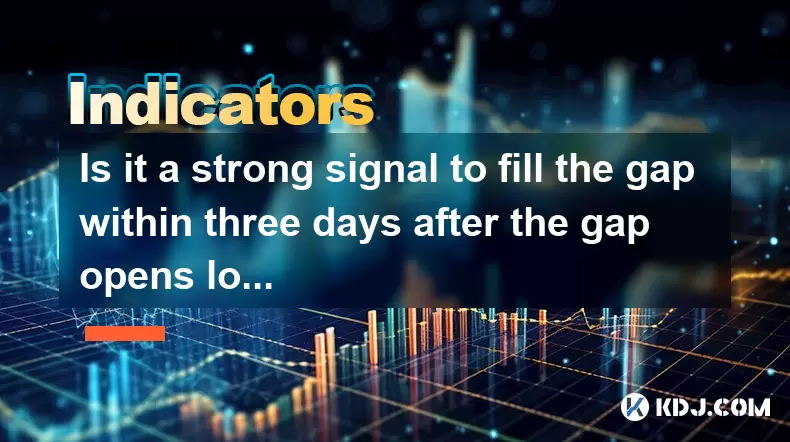
Understanding Gaps in Cryptocurrency Trading
In cryptocurrency trading, a gap refers to a situation where the price of an asset opens significantly higher or lower than its previous closing price, with no trading activity occurring in between. A gap opens low when the opening price is notably lower than the prior candle's close. Traders often watch for these gaps as potential indicators of market sentiment and future movement.
When a gap occurs, it can signal either profit-taking, panic selling, or a sudden shift in market dynamics. In traditional markets, gaps are common after news events or during non-trading hours. In crypto, due to 24/7 trading, gaps usually occur on short timeframes like 1-hour or 15-minute charts, especially after sharp moves or during periods of low liquidity.
What Does It Mean When a Gap Fills Within Three Days?
A gap fills when the price returns to the level at which the gap originated. If this happens within three days in the context of a daily chart, it suggests that the initial directional move was not strong enough to sustain itself. This could be interpreted as a reversal signal, particularly if the gap opened on bearish momentum but then retraced quickly.
Traders often view a filled gap within three days as a sign that the market may have overreacted initially. For example, if Bitcoin drops sharply overnight due to negative news but recovers within three days, it implies that buyers stepped in despite the fear-driven sell-off.
- Strong support levels might have been triggered.
- Short-term traders could have closed their positions.
- Market makers may have manipulated prices temporarily before returning to equilibrium.
Technical Analysis of Gap Fill Patterns
From a technical standpoint, a gap filling within three days after a low open can indicate several things depending on the broader chart structure. If the gap appears in a ranging market, it may simply represent noise. However, if it occurs near a key support or resistance zone, it could suggest a potential reversal or continuation pattern.
Using tools like moving averages, Bollinger Bands, or Fibonacci retracement levels can help validate whether the fill is significant. For instance:
- If the price fills the gap and closes above the 50-day moving average, it may signal strength.
- A gap fill near a Fibonacci level (e.g., 61.8%) can offer high-probability setups for traders.
It’s also essential to consider volume patterns during the gap and its fill. Low volume during the gap formation followed by increasing volume during the fill could imply accumulation or distribution phases.
Practical Steps to Trade the Gap Fill Signal
If you're considering trading based on a gap fill within three days after a low-open gap, follow these detailed steps:
- Identify the gap: Look for a clear space between the previous candle’s close and the next candle’s open on your preferred timeframe.
- Measure the gap size: Use the vertical distance between the two candles to determine how large the gap is in terms of pips or percentage.
- Wait for confirmation: Don’t enter immediately; wait until the price action shows signs of reversal or re-entry into the gap zone.
- Check volume indicators: High volume during the fill increases the likelihood that the move is genuine.
- Set stop-loss orders: Place stops below the lowest point of the gap if going long, or above the highest point if going short.
- Use confluence zones: Combine the gap fill with other technical signals like RSI divergence or candlestick patterns to increase accuracy.
Avoid chasing the price once the gap starts filling—wait for pullbacks or consolidations to enter more safely.
Psychological Aspects Behind Gap Behavior
The behavior of gaps and their fills is closely tied to market psychology. When a gap opens low, it often reflects fear or panic among traders. Those who held through the drop may feel vindicated if the gap fills quickly, reinforcing bullish bias. Conversely, those who sold during the dip might regret their decision, potentially fueling buying pressure later.
Another psychological factor is order flow. Large players sometimes create artificial gaps to trigger stop-losses or manipulate retail traders out of positions. These fakeouts can be misleading unless confirmed by volume and structure.
- Fear of missing out (FOMO) can drive rapid gap fills if traders rush back in.
- Greedy sellers might offload assets during dips only to see them recover soon after.
- Hedging strategies employed by institutional players can cause temporary dislocations in price.
Understanding these underlying emotions helps traders avoid being caught off guard by false breakouts or premature entries.
Frequently Asked Questions
Q: What types of gaps are most reliable for trading decisions?
Breakaway gaps, which signal the start of a new trend, tend to be more reliable than exhaustion or common gaps. They’re usually accompanied by increased volume and strong follow-through.
Q: Can I use gap analysis on intraday charts effectively?
Yes, but intraday gaps are more prone to noise and manipulation. It’s crucial to combine them with volume and order book analysis for better accuracy.
Q: How do I differentiate between a real gap and a slippage event?
Slippage typically occurs on very small timeframes and doesn’t persist. Real gaps show up clearly on multiple timeframes and often coincide with major news or exchange-specific events.
Q: Are gap fills guaranteed in crypto markets?
No, gap fills are not guaranteed. While many gaps do get filled eventually, some remain unfilled for extended periods, especially during strong trending moves or macroeconomic shifts.
Disclaimer:info@kdj.com
The information provided is not trading advice. kdj.com does not assume any responsibility for any investments made based on the information provided in this article. Cryptocurrencies are highly volatile and it is highly recommended that you invest with caution after thorough research!
If you believe that the content used on this website infringes your copyright, please contact us immediately (info@kdj.com) and we will delete it promptly.
- Score Big This Season with the BetMGM Bonus Code: Your Ticket to MLB Bonus Bets!
- 2025-07-24 06:50:12
- Bitcoin: From Digital Gold Rush to Evolving Asset Class
- 2025-07-24 06:50:12
- Shiba Inu's $1 Dream: Major Hurdles and Community-Driven Hope
- 2025-07-24 06:30:13
- Ethereum, Altcoins, and BlockDAG: Navigating the Crypto Landscape
- 2025-07-24 06:30:13
- Dogecoin's Resistance Retest: Parabolic Move on the Horizon?
- 2025-07-24 04:50:13
- WLFI, Vaulta Token, and Holdings: Navigating the Web3 Revolution
- 2025-07-24 05:30:13
Related knowledge
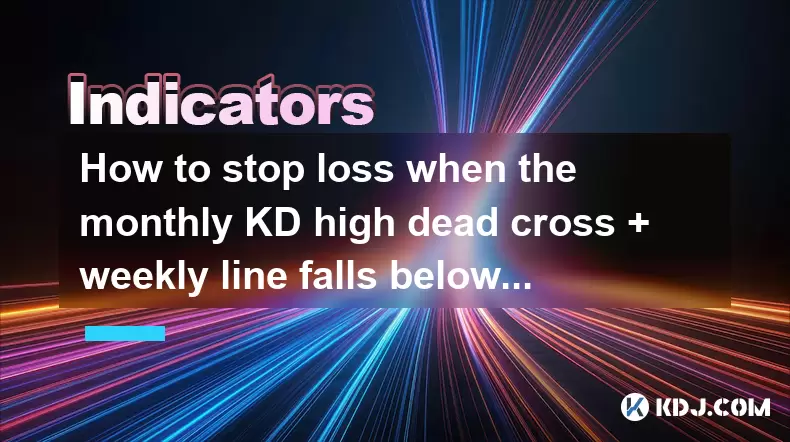
How to stop loss when the monthly KD high dead cross + weekly line falls below the 20-week line + daily line pulls back on the 5-day line?
Jul 24,2025 at 07:00am
Understanding the Indicators: KD, Weekly, and Daily Moving AveragesWhen traders analyze cryptocurrency price movements, they often rely on technical i...
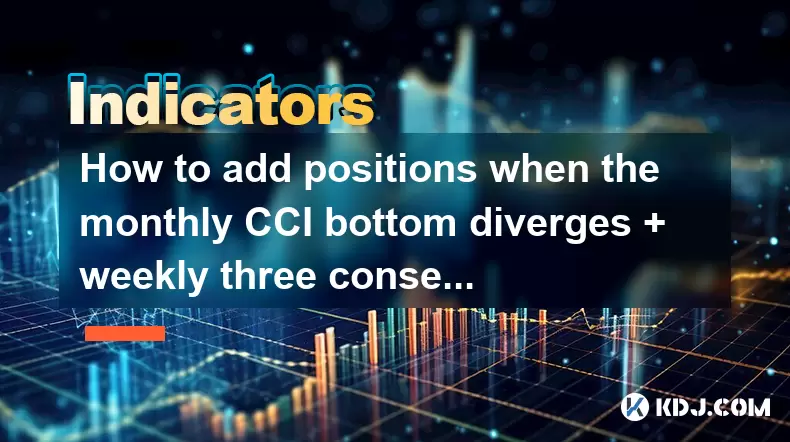
How to add positions when the monthly CCI bottom diverges + weekly three consecutive Yang + daily line gap is not filled?
Jul 24,2025 at 05:22am
Understanding the Monthly CCI Bottom DivergenceWhen analyzing the monthly CCI bottom divergence, traders are identifying a potential reversal signal i...
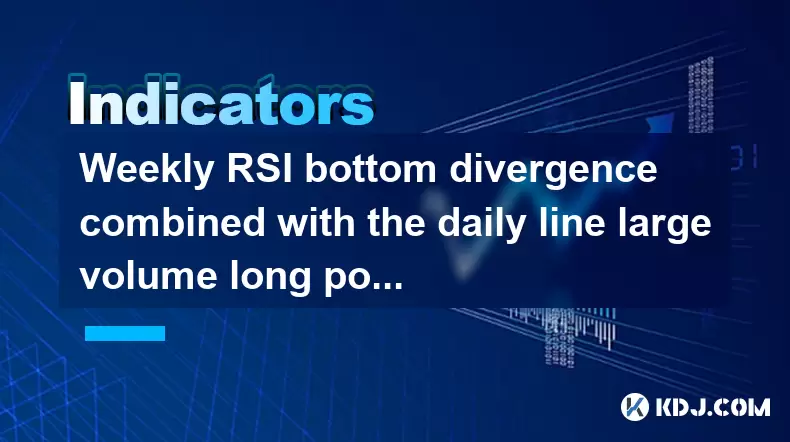
Weekly RSI bottom divergence combined with the daily line large volume long positive start signal
Jul 24,2025 at 05:28am
Understanding RSI Bottom Divergence in Cryptocurrency TradingIn the context of cryptocurrency trading, RSI bottom divergence is a powerful technical s...
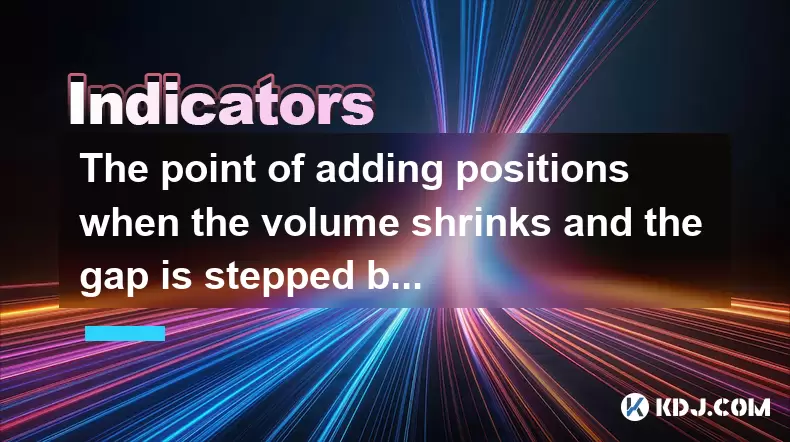
The point of adding positions when the volume shrinks and the gap is stepped back after the gap is jumped
Jul 24,2025 at 04:56am
Understanding the Gap Jump Phenomenon in Cryptocurrency TradingIn cryptocurrency trading, a gap jump occurs when the price of a digital asset opens si...
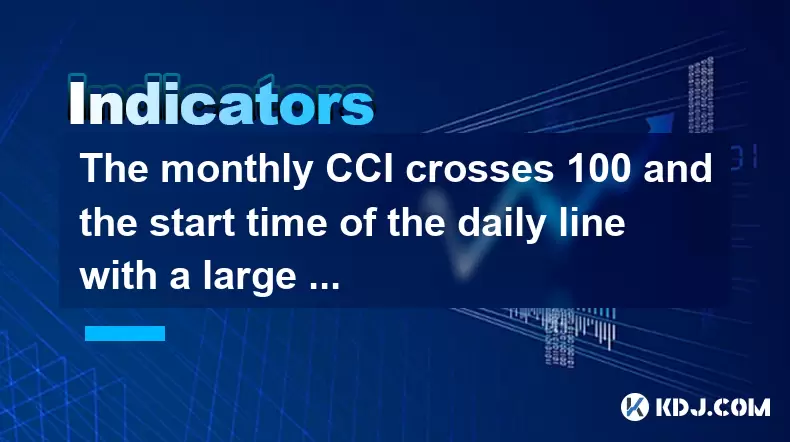
The monthly CCI crosses 100 and the start time of the daily line with a large volume positive line
Jul 24,2025 at 03:56am
Understanding the Monthly CCI Indicator and Its Significance at 100The Commodity Channel Index (CCI) is a momentum-based oscillator used to identify o...
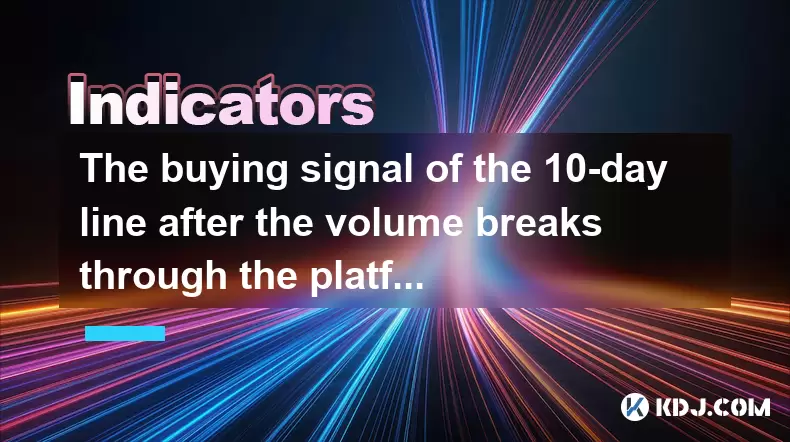
The buying signal of the 10-day line after the volume breaks through the platform
Jul 24,2025 at 06:00am
Understanding the 10-Day Moving Average in Cryptocurrency TradingIn cryptocurrency trading, moving averages are essential tools for identifying trends...

How to stop loss when the monthly KD high dead cross + weekly line falls below the 20-week line + daily line pulls back on the 5-day line?
Jul 24,2025 at 07:00am
Understanding the Indicators: KD, Weekly, and Daily Moving AveragesWhen traders analyze cryptocurrency price movements, they often rely on technical i...

How to add positions when the monthly CCI bottom diverges + weekly three consecutive Yang + daily line gap is not filled?
Jul 24,2025 at 05:22am
Understanding the Monthly CCI Bottom DivergenceWhen analyzing the monthly CCI bottom divergence, traders are identifying a potential reversal signal i...

Weekly RSI bottom divergence combined with the daily line large volume long positive start signal
Jul 24,2025 at 05:28am
Understanding RSI Bottom Divergence in Cryptocurrency TradingIn the context of cryptocurrency trading, RSI bottom divergence is a powerful technical s...

The point of adding positions when the volume shrinks and the gap is stepped back after the gap is jumped
Jul 24,2025 at 04:56am
Understanding the Gap Jump Phenomenon in Cryptocurrency TradingIn cryptocurrency trading, a gap jump occurs when the price of a digital asset opens si...

The monthly CCI crosses 100 and the start time of the daily line with a large volume positive line
Jul 24,2025 at 03:56am
Understanding the Monthly CCI Indicator and Its Significance at 100The Commodity Channel Index (CCI) is a momentum-based oscillator used to identify o...

The buying signal of the 10-day line after the volume breaks through the platform
Jul 24,2025 at 06:00am
Understanding the 10-Day Moving Average in Cryptocurrency TradingIn cryptocurrency trading, moving averages are essential tools for identifying trends...
See all articles

























































































